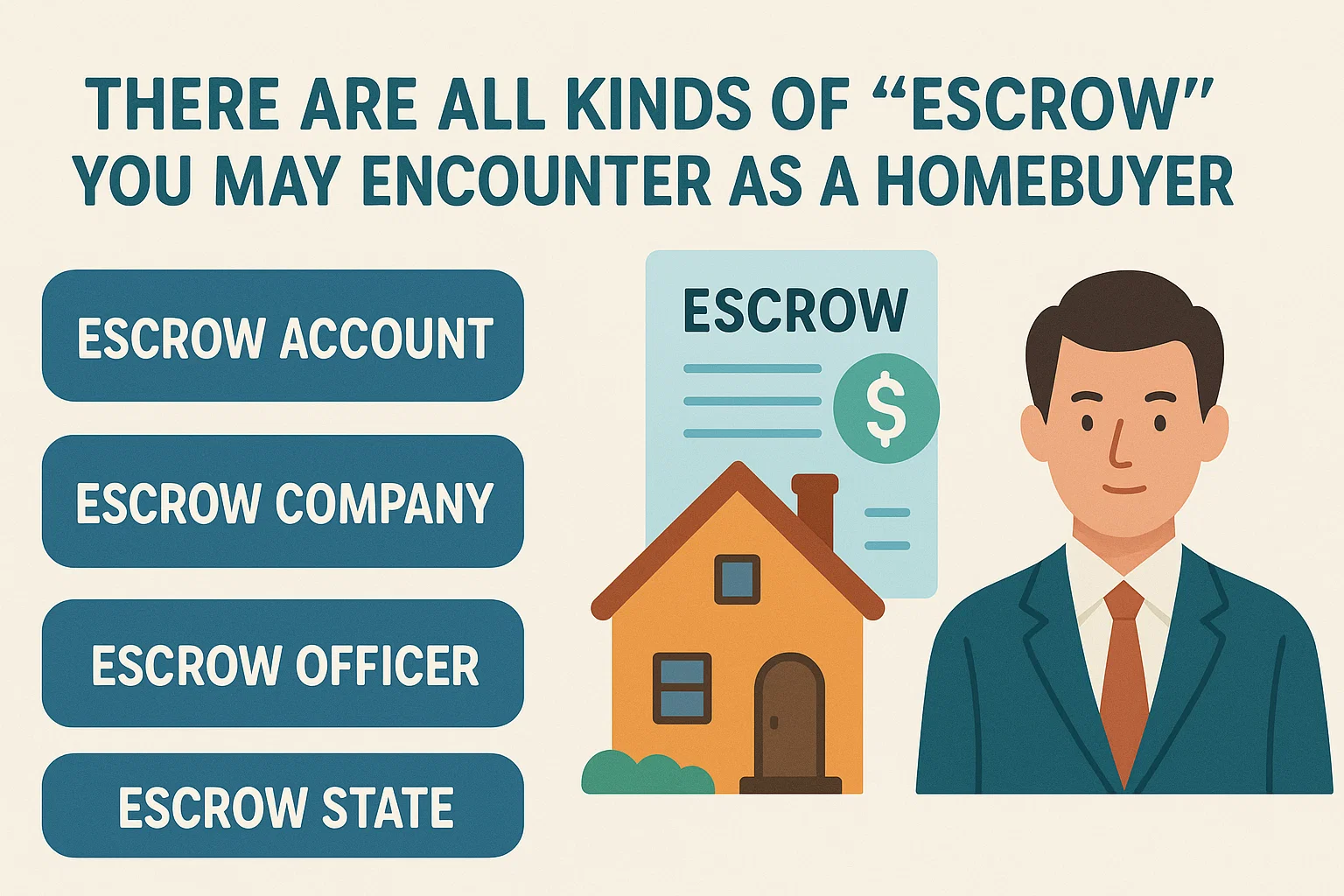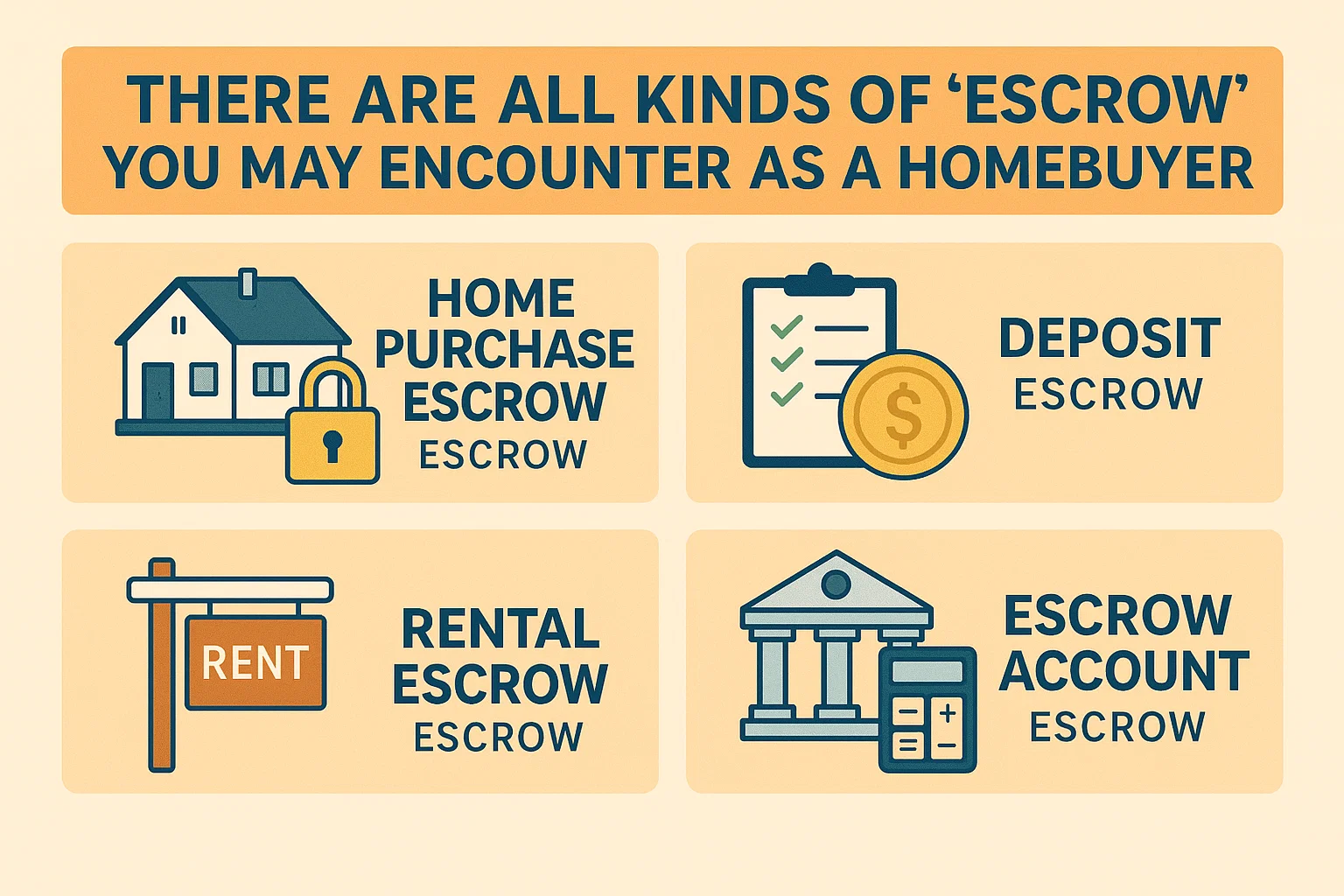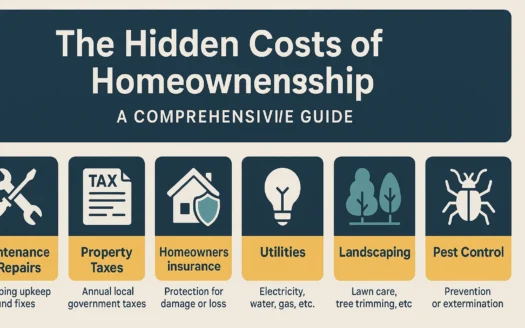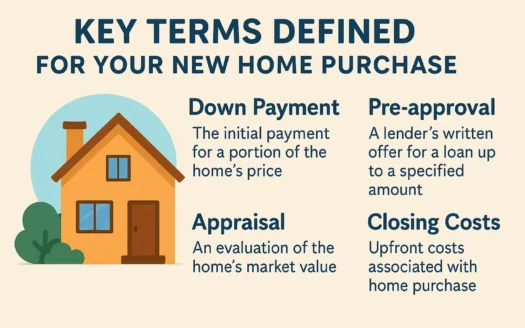There Are All Kinds of “Escrow” You May Encounter as a Homebuyer

There Are All Kinds of “Escrow” You May Encounter as a Homebuyer
Understanding Different Escrow Accounts
When purchasing a home, you may encounter multiple types of escrow arrangements. For example, builders often place your deposit into a separate escrow account, where the funds remain secure until closing. If you decide not to proceed with the purchase, this money is typically returned to you. However, the escrow account that concerns most new homeowners is the one managed by their lender or loan servicer.
How Does an Escrow Account Work?
An escrow account collects monthly payments for property taxes, homeowners insurance, and other related expenses. These funds are held and disbursed by your lender or servicer when bills come due. According to the Consumer Financial Protection Bureau, this system spreads costs evenly over a 12-month period, ensuring timely payments and reducing financial strain.
Why Can’t You Pay These Bills Independently?
While homeowners may prefer to handle taxes and insurance themselves, lenders or investors often mandate escrow accounts. This requirement protects their financial interest: unpaid property taxes can lead to liens, and lapsed insurance jeopardizes the collateral (your home) securing the loan. Since lenders frequently sell mortgages to investors (e.g., banks, pension funds), servicers manage escrow to ensure compliance.
Why Escrow Taxes and Insurance Fees?
Escrow accounts act as a forced savings tool, simplifying budget management for homeowners. Key advantages include:
- Predictable Payments: Monthly contributions prevent large annual or semi-annual bills.
- Reduced Risk: Ensures taxes and insurance are paid on time, avoiding penalties or liens.
- Discipline: Prevents accidental misuse of funds earmarked for essential expenses.
How Is the Escrow Amount Determined?
Lenders calculate your monthly escrow payment by dividing annual tax and insurance costs by 12. For example:
- Annual property taxes: $2,000
- Annual homeowners insurance: $600
- Total escrow payment: ($2,000 + $600) / 12 = $216.67/month
Lenders may also include a “cushion” of up to two months’ payments to cover unexpected increases. Escrow amounts can adjust yearly based on tax hikes, insurance premiums, or cushion requirements.
Monitoring Your Escrow Account
Lenders must provide:
- A detailed escrow breakdown within 45 days of account creation.
- An annual statement outlining payments and future obligations.
While adjustments are automatic, review statements regularly. If errors occur (e.g., late notices), lenders are responsible for penalties.
Escrow Shortfalls and Surpluses: What Happens?
Shortfalls
If your escrow falls short, lenders may offer:
- Lump-sum payment to cover the deficit.
- Increased monthly payments over 12 months.
- A combination of both.
Surpluses
For overages:
- Large surpluses: Refunded via check.
- Small surpluses: Applied to future payments.
Consider leaving surpluses in the account to offset potential future increases.
Planning for Escrow Changes
New loans often underestimate initial escrow payments to improve affordability. After the first year, expect adjustments as lenders reconcile estimates with actual costs. Prepare for potential increases in your monthly PITI (Principal, Interest, Taxes, Insurance) payment.




